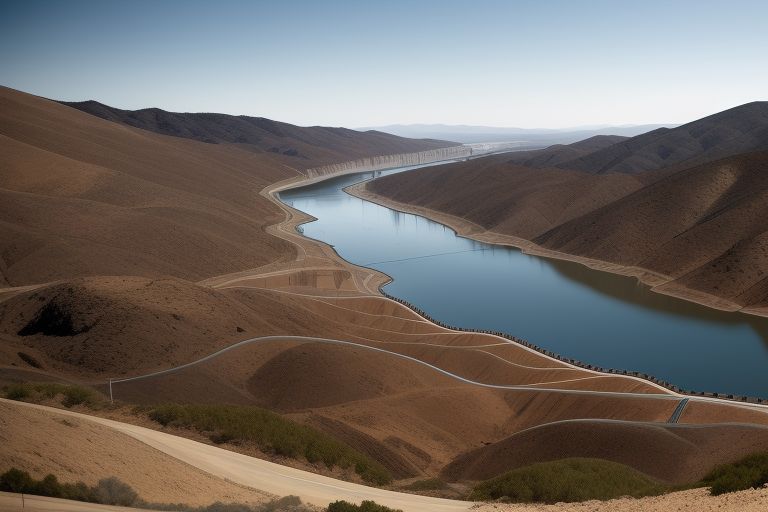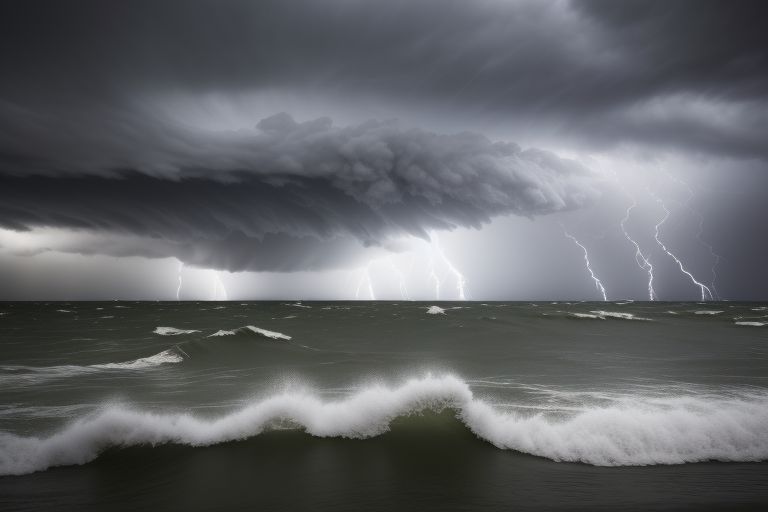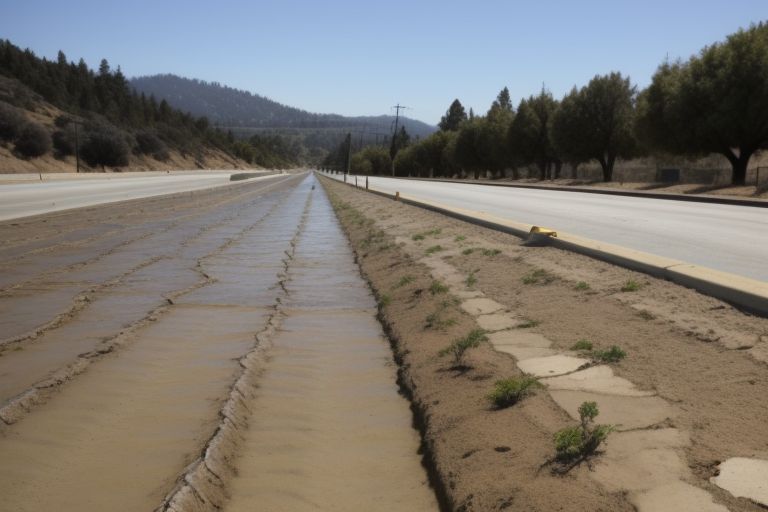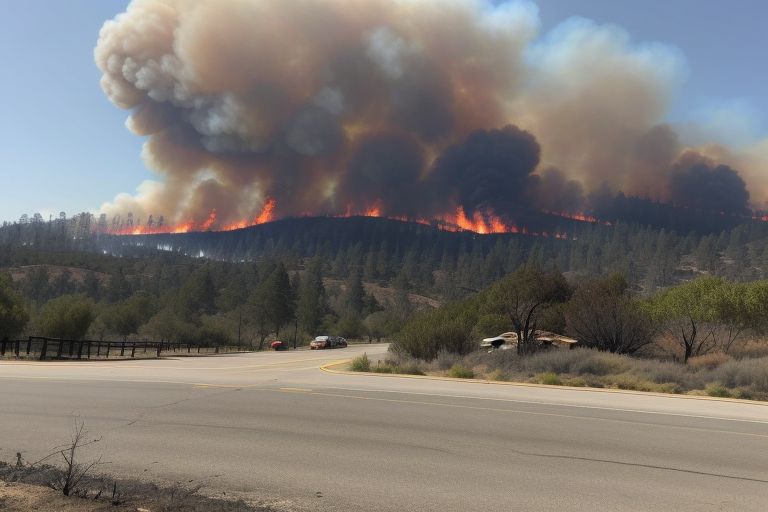California’s water reservoirs which have been depleted for a long time are slowly filling up after a rainy season of record high rainfall, a small light at the end of the tunnel of the on going drought. While some of California’s key reservoirs have been in critically low supply for years, they have now filled up or neared capacity and are releasing water to accommodate the coming snowmelt.
The dramatic reversal is most evident at Lake Oroville, which is the second-largest reservoir in the state and an important part of the state water project. Two years ago, the water level at this dam got to the lowest level where Lake Oroville threatened to dry up and forced the hydroelectric power plant that the state of California to close since it was constructed. Currently the reservoir is at 96% full, this is in contrast to what would have been a common site over the past few years, the lakebed that was visible due to the dry cracked earth.
The same scenarios are seen throughout the state. Shasta Lake the largest reservoir in California is 87% full today, it was only 38% full this same time last year. For the first time in seven years the San Luis Reservoir in Merced County, which provides water for the Central Valley agriculture, is filled to 98 percent.
This is the first time the State Water Project has been able to provide 100% of the water supplies requested by its contractors since 2006, something that will come as a relief to farmers and urban water districts. This is a night-and-day difference from where we were just a year ago, said Karla Nemeth, director of the California Department of Water Resources.
Thus, this wet winter can be considered as the ‘breathing space’ for the state in the matter of long-term water supply, although we are far from the complete safety in this aspect.
But water managers and climate scientists urge people not to be overconfident and relaxed. Because California has a highly variable climate, a wet year does not mean that water problems in the state are solved. “We have to remember that this can be succeeded by another year of drought or even several years of drought,” Dr. Daniel Swain, a climate scientist at UCLA. ‘The long-term trends’, however, are still indicative of a decimating future in terms of water availability for California.
However, state officials now are encouraging the residents of the state to keep practicing the measures they adopted during the drought even though water is now available in plenty. Governor Gavin Newsom has ignored pressure to end emergency drought measures claiming that more efforts are required to address the challenges.
The state is also planning to implement strategies in enhancing the water supply infrastructure, and groundwater capturing and storage in wet year.
California faced the issue of a scarcity of resource one day, and the next, it has all the resource it can handle. The next question therefore becomes how to properly allocate this resource. Climate change persists in modifying the rain patterns and enhancing the occurrence of severe weather conditions and therefore the state’s water future is unpredictable.
For now, however, the residents of this beautiful state are able to relax and see their water storage facilities replenishing and the once dry brown lands becoming green again.











Leave a Reply